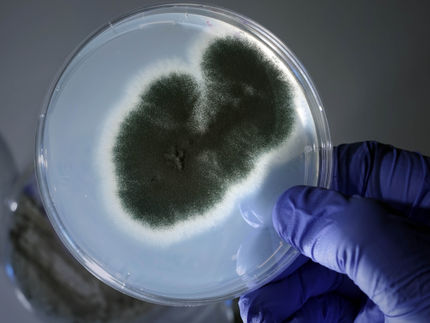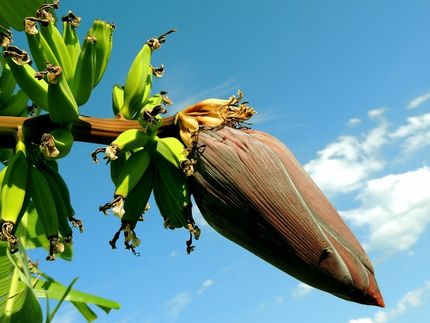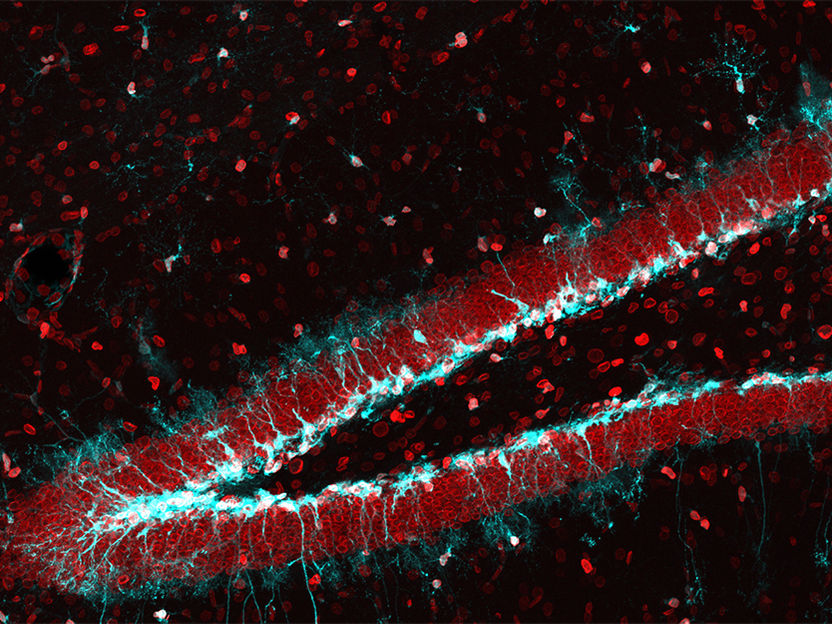Some commercial coffees contain high levels of mycotoxins
An analysis of one hundred coffees sold in Spain has confirmed the presence of mycotoxins -toxic metabolites produced by fungi. In addition, five of the samples that were tested were found to contain ochratoxin A, the only legislated mycotoxin, in amounts that exceeded maximum permitted levels. While the authors point out that these results are not alarming, they do recommend assessing the risk that exposure to mycotoxins from coffee poses to the general public. They also suggest reviewing production processes in order to reduce the levels of these natural contaminants in coffee.
Mycotoxins are a family of compounds that are produced by filamentous fungi, such as Aspergillus or Fusarium, that can lead to disease and health problems. Researchers from the University of Valencia have analysed the presence of these compounds in 103 samples of commercial coffee which can be found in different supermarkets around the city.
The results of the study confirm the presence of fumonisins, aflatoxins, trichothecenes and emerging mycotoxins in concentrations ranging from 0.10 to 3.570 micrograms per kilogram (μg/kg).
These substances may be carcinogenic, hepatotoxic agents that affect the hormonal and immune systems. However, it is not currently possible to determine whether the levels of mycotoxins found in these samples are something to be worried about since a population health risk assessment in coffee has not yet been carried out.
Emilia Ferrer, one of the authors, explains to SINC that "the only legislated mycotoxin is ochratoxin A. We have detected low concentrations of this mycotoxin in the coffee samples, although five of the samples exceeded maximum permitted levels".
European legislation has set a maximum permitted level of ochratoxin A -associated with kidney disease and urothelial tumours in humans- for food products. The maximum permitted levels are 5 μg/kg for roasted coffee beans or ground coffee, and 10 μg/kg for soluble or instant coffee.
The five samples that exceeded these limits included two samples of decaffeinated coffee (6.20 and 9.30 μg/kg), two samples of coffee capsules with caffeine (6.91 and 11.43 μg/kg), and one sample of a decaffeinated coffee capsule (32.40 μg/kg) which exceeded the limit stipulated by legislation sixfold.
"A lack of legislation on coffee regarding the rest of the mycotoxins that have been detected, their toxic effects and the concentration values obtained are making it necessary that we pay special attention to these contaminants which are present in a product that is consumed this much," notes Doctor Ferrer.
The researcher also considers it necessary to "study the impact that the different treatment technologies used during the elaboration of coffee have on the end products' mycotoxin content. This way, factors such as population exposure can be evaluated and the processes of coffee production and drying can be analysed in order to find ways to prevent or decrease contamination in coffee".
To carry out the analysis, researchers used a methodology known as 'liquid chromatography-tandem mass spectrometry' (LC-MS/MS) in which a molecular separation technique is coupled with another technique to identify molecules according to their weights. Currently, researchers are studying the possible reduction or interaction of mycotoxins with the components of coffee and other foodstuffs as they do not all behave the same way. They are also studying the effects of different treatment technologies on coffee such as time and temperature.























































